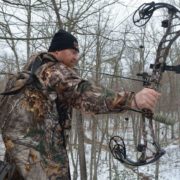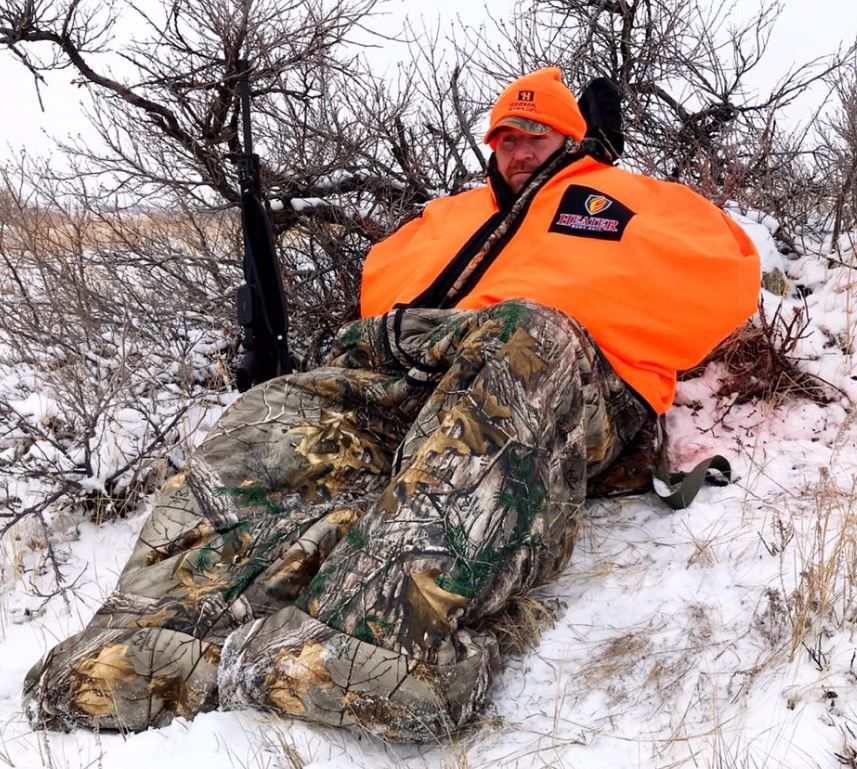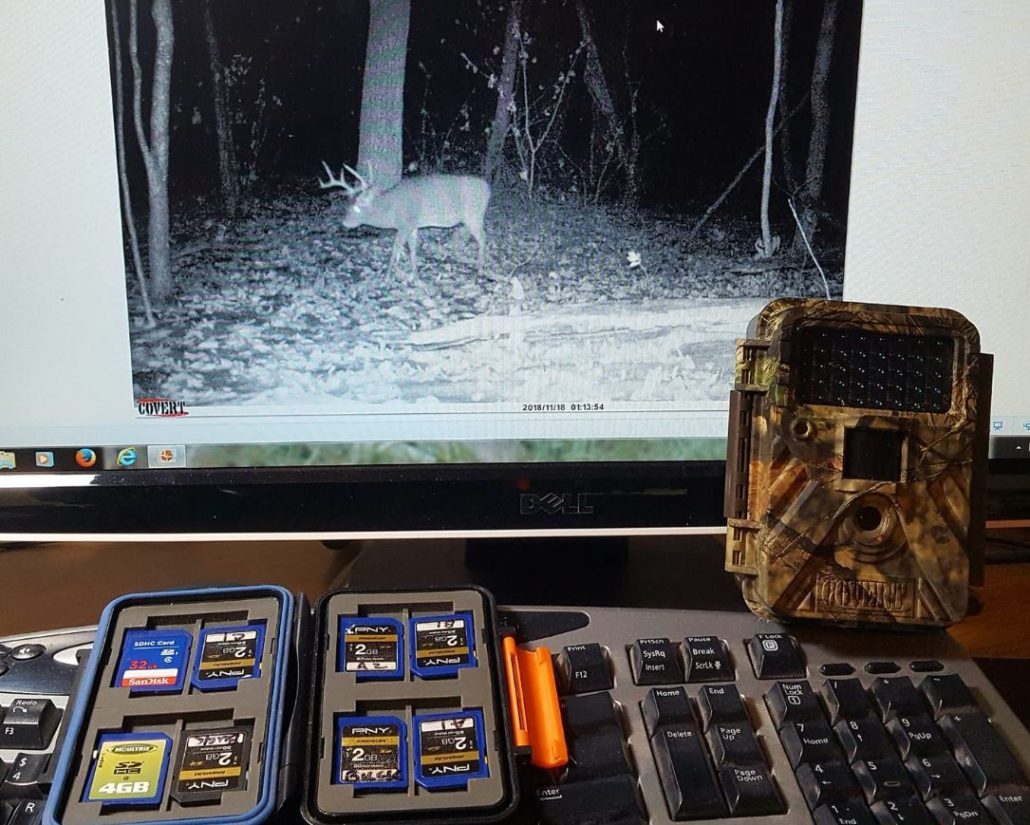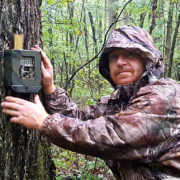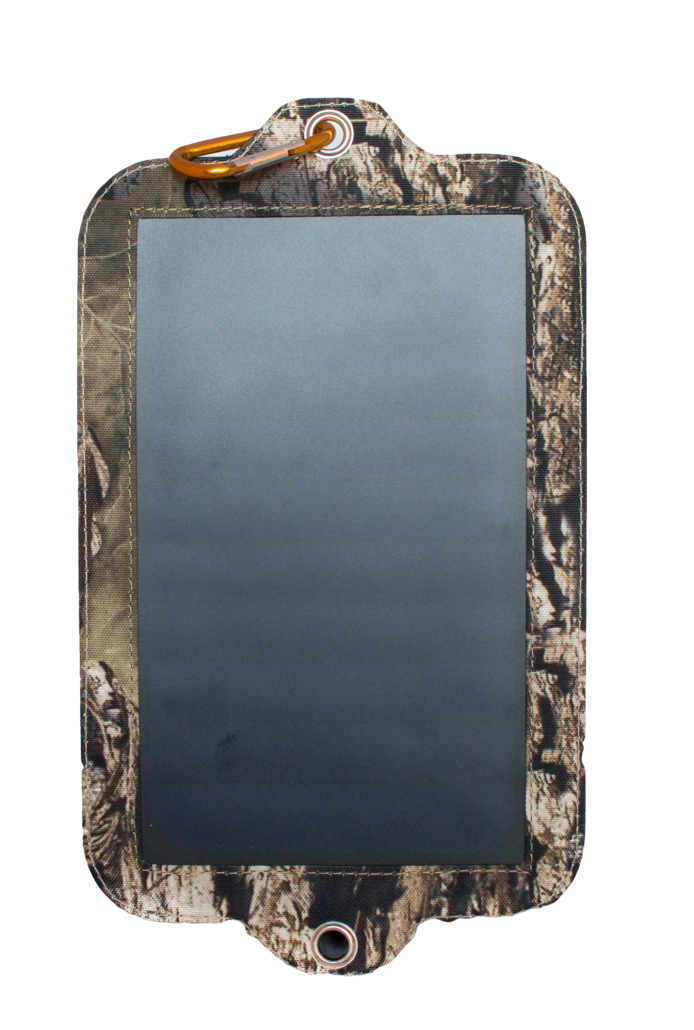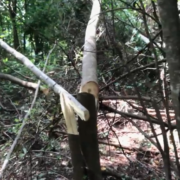Late Season Whitetail Hunting Tips to Be Successful
Late Season Whitetail Hunting Tips | It’s Not Too Late!
With the end of the calendar year creeping up fast, there is one painful reminder on everyone’s minds: the end of deer season is quickly approaching too. But if you haven’t been lucky enough to take a mature buck (or even a doe for some venison), it’s not too late. Late season deer hunting can be tough – there’s no doubt about it. But it can also be really good. And with the end of the season in sight, what do you really have to lose? If you are in this situation, here are some late season whitetail hunting tips to point you in the right direction.
Late Season Deer Behavior
The challenge with hunting late season bucks is that they are very wary animals, especially compared to when you were hunting the rut. In general, mature bucks have become old deer because they know how to elude us humans. But after months of observing us enter and exit the woods, and maybe even getting shot at, you can be sure they are onto our tactics.
One of the best late season whitetail hunting tips is to really focus on scent elimination. A wise old whitetail definitely will not come into range if he smells your fresh scent trail. Before and while you’re hunting, make sure to use Dead Down Wind® scent elimination products to remove your human odor. This isn’t the time to get sloppy about scent control.
Overcoming the Conditions
The biggest hurdle most people face with late season hunting is beating the weather and staying warm. Depending on where you hunt, the mercury can really nose dive and the winds usually pick up. It’s tough to hunt for very long in those conditions, at least if you’re not prepared. You’ve probably been there before – shivering in a tree, questioning your sanity, checking the clock every 15 minutes…all of that takes away from your hunting concentration. Plus, you can’t kill a deer if you climb down before they get there.
In these cold late season conditions, you really can’t beat the Heater Body Suit® for its ability to keep you in the stand or blind. Traditional hunting clothing doesn’t offer the same insulation value, and it’s a pain to cart in several heavy garments to your tree stand. Simply pack the rolled-up body suit with you and wear lighter clothing so you don’t get sweaty and spread scent everywhere. When you’re in your tree stand and connected with a Hunter Safety System®, pull the body suit on and nestle in for some very comfortable hunting until the end of shooting light. If you’re wondering what late season whitetail hunting tips many professional hunters and outfitters would give you, this would be it.
Choose Your Hunting Locations Well
Deer hunting in the late season is similar in some ways to hunting early season bucks. During the late deer hunting season, bucks have one big weakness: food. With all of their chasing, breeding, and fighting earlier this fall, many bucks have lost a good chunk of their body mass. They need calories fast to put some weight back on before winter really sets in. You can use that weakness to your advantage.
First, find some good food sources that are attracting deer. That might include standing corn or soybean fields, fields with grains as cover crops, or food plots. During the middle of the day, sneak in and hang several trail cameras (Covert Scouting Cameras® are a great option) near the food source along deer trails. After a couple days, you should have a good idea which deer are using it and whether there are any you would like to pursue. Try slipping back in during the day and hanging a stand. Typically, late season hunting is best in the evening near food sources – near, but not directly on them. As easy as it sounds, this could be one of the best late season whitetail hunting tips to help you seal the deal.
We hope you can use these late season whitetail hunting tips to put a buck on the ground yet this 2018 deer season. There are all kinds of deer hunting secrets out there, depending on who you ask. But these deer hunting tips should definitely help.

